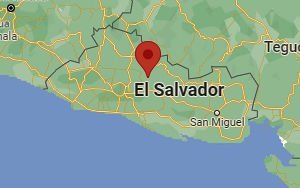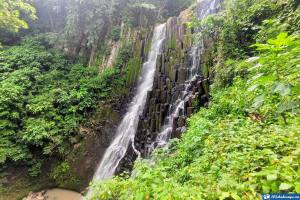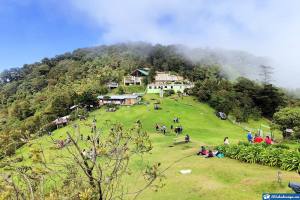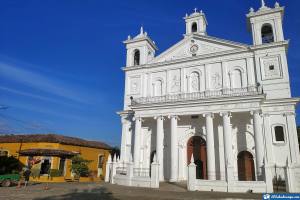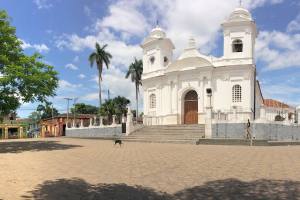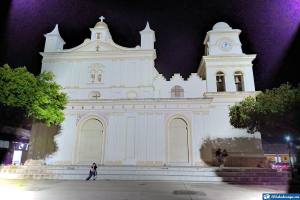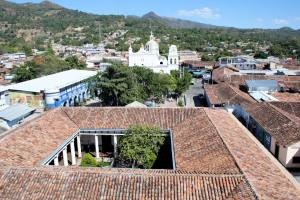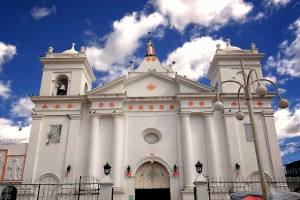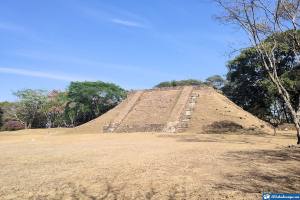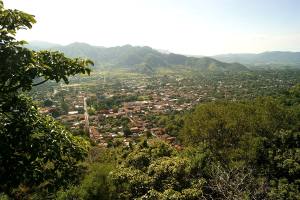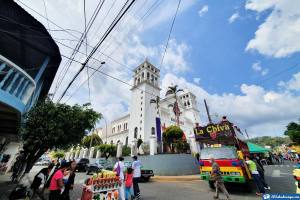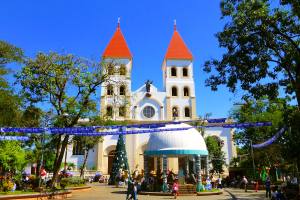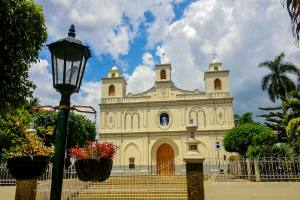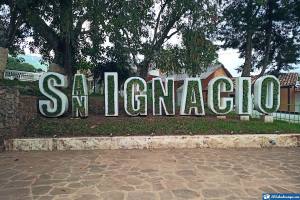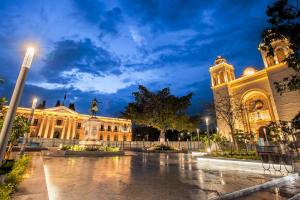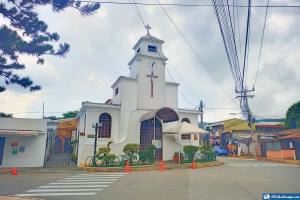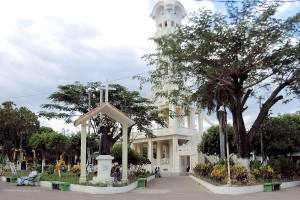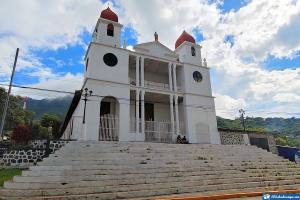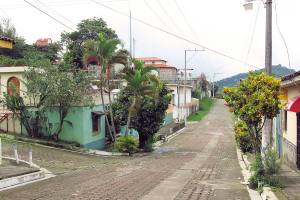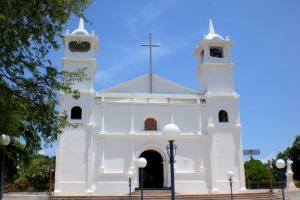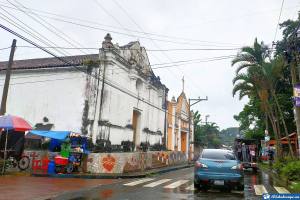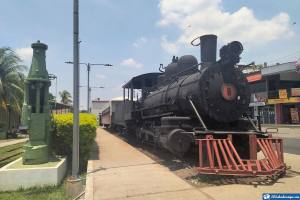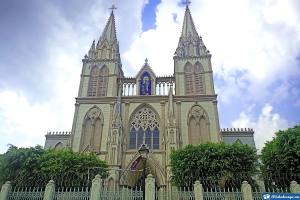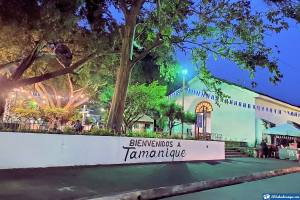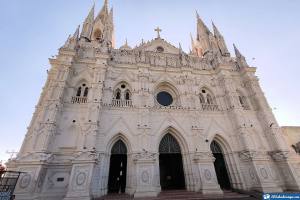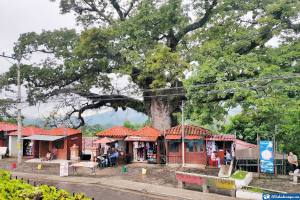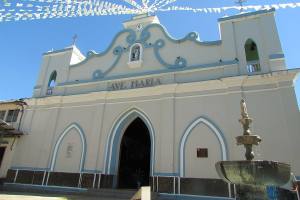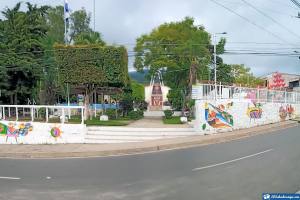On our trip through Central America, we visited the town of Cinquera in El Salvador, a municipality in Cabañas department, a place with great ecological wealth and unfortunate history that forced its citizens to abandon the area decades ago.
Learn all about this emblematic town in El Salvador.
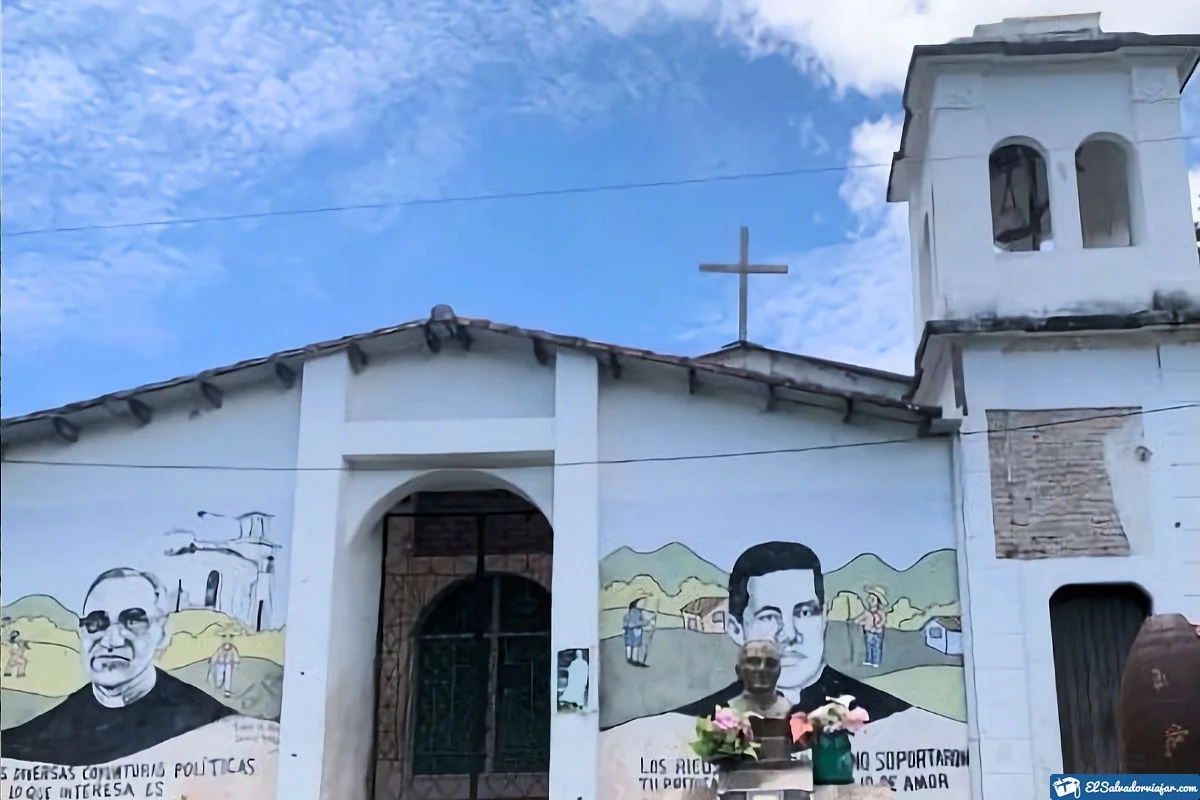
CINQUERA - Villages of El Salvador. Photo by ElSalvadorViajar.
Cinquera Data
| Country | El Salvador |
|---|---|
| Department: | Cabañas |
| Category: | Villages |
| Elevation: | 447m |
| Population: | 757 |
| Indigenous People: | Lenca |
History and Characteristics of Cinquera
The town of Cinquera is located approximately 68 kilometers from the Salvadoran capital, in the center of the country; its name comes from the “Lenca” dialect and means “Hill of stones and pacayas.”
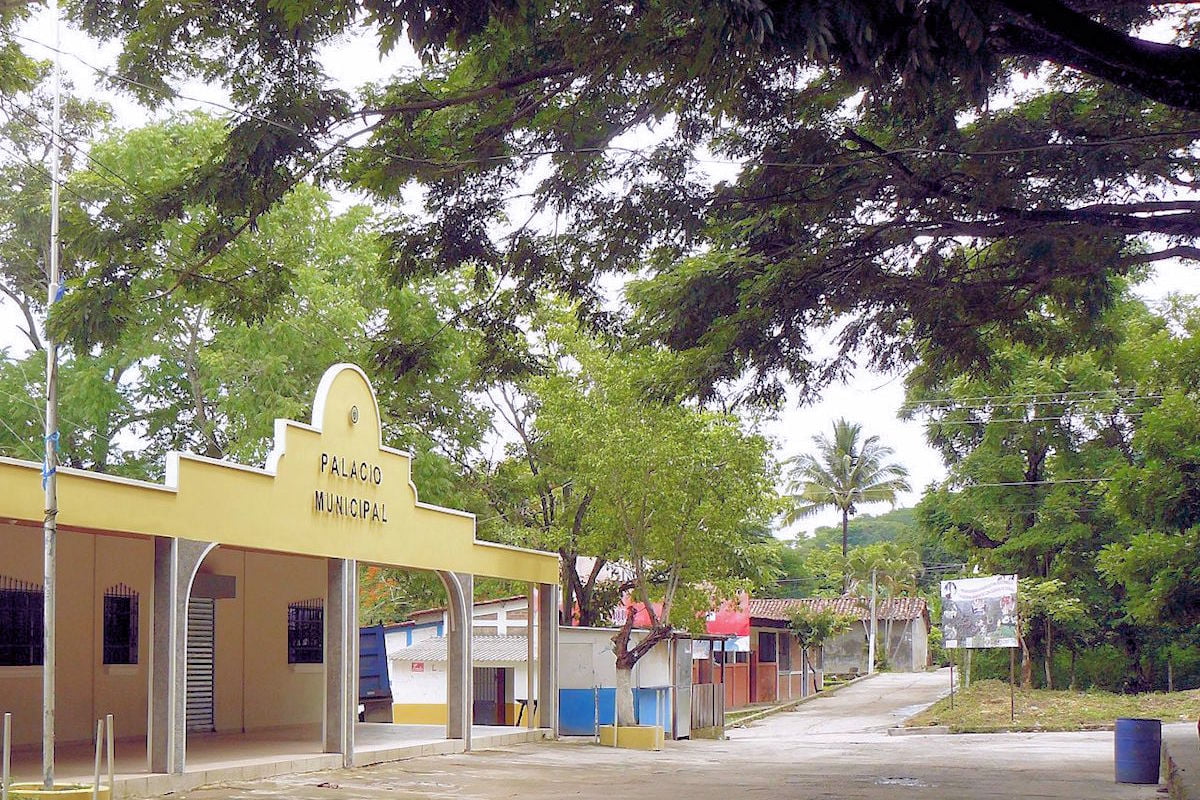
History tells that it was founded during the XVIII century, in the private lands of the Avalos family, in what was called Hacienda San Nicolas.
Today it is a tiny town, with probably 2,000 inhabitants, surrounded by forests that seem to protect the village and maintain an average annual temperature of 24°.
Unfortunately, during the ’80s, Cinquera was involved in a civil war that affected the village, causing most of its residents to flee to distant places and even other countries.
Over the years, and around 1991, some natives returned to their homeland. Renew their lifestyle and offer themselves as a tourist destination with much to offer.
What to see and visit in Cinquera
We can get close to Cinquera by taking the Suchitoto road, a significant road that borders Lake Suchitlán offering great views.
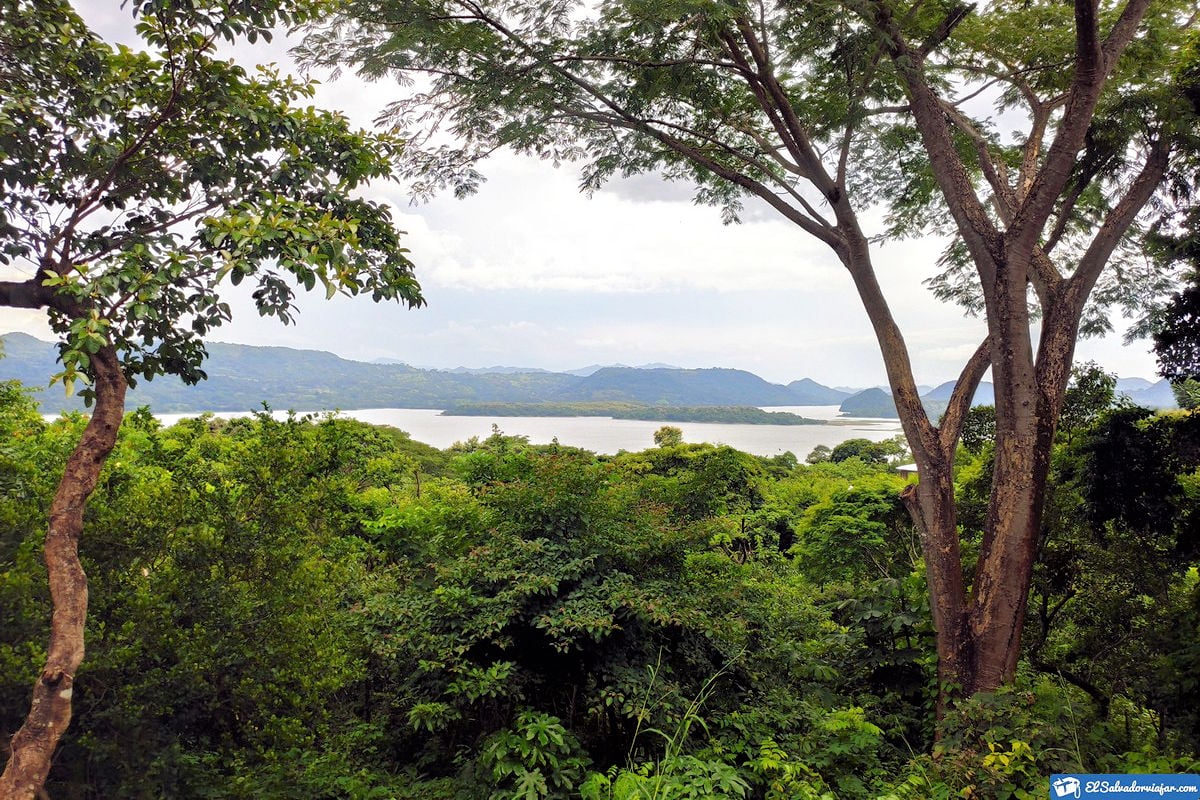
We enter the village and see its few one-story houses, most with portals and graffiti referring to its recent past on some exterior walls.
We walk through it in a short time since there are only a few streets that cross it. In the center of the town is the Municipal Mayor’s Office building, and in front of it is the central park, a small space for the recreation of the locals. The tail of a helicopter is still there.
In the same way, we are in front of what was the community’s church, built at the end of 1800. The adobe technique is in walls; the roof was made of tiles; all the natives collaborated in the work.
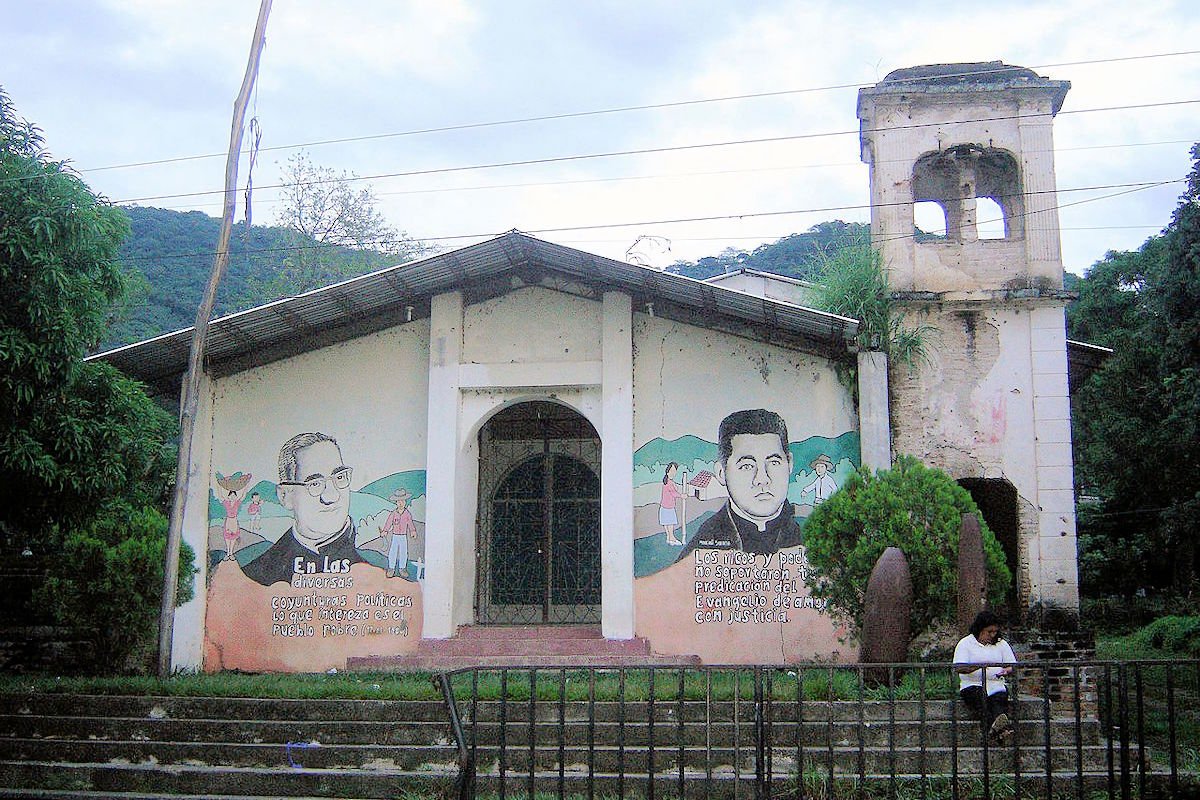
During February, they organize the town’s pilgrimages.
The traditional food is filled with the flavors of dishes such as soups, either chicken or beef; likewise, chicken or grilled meat is delicious, and as an exotic dish, you can order iguana meat, which is said to be very tasty. Serve it with a cold beer.
You will also find some “pupuserías” so you can try the delicious pupusas and their varied fillings.
Cinquera’s Patron Saint Festivities and Gastronomy
The families that repopulated Cinquera managed to turn around the destruction left by the civil war and set out to use everything that had been so negative and disastrous to attract tourists interested in adventure and nature.
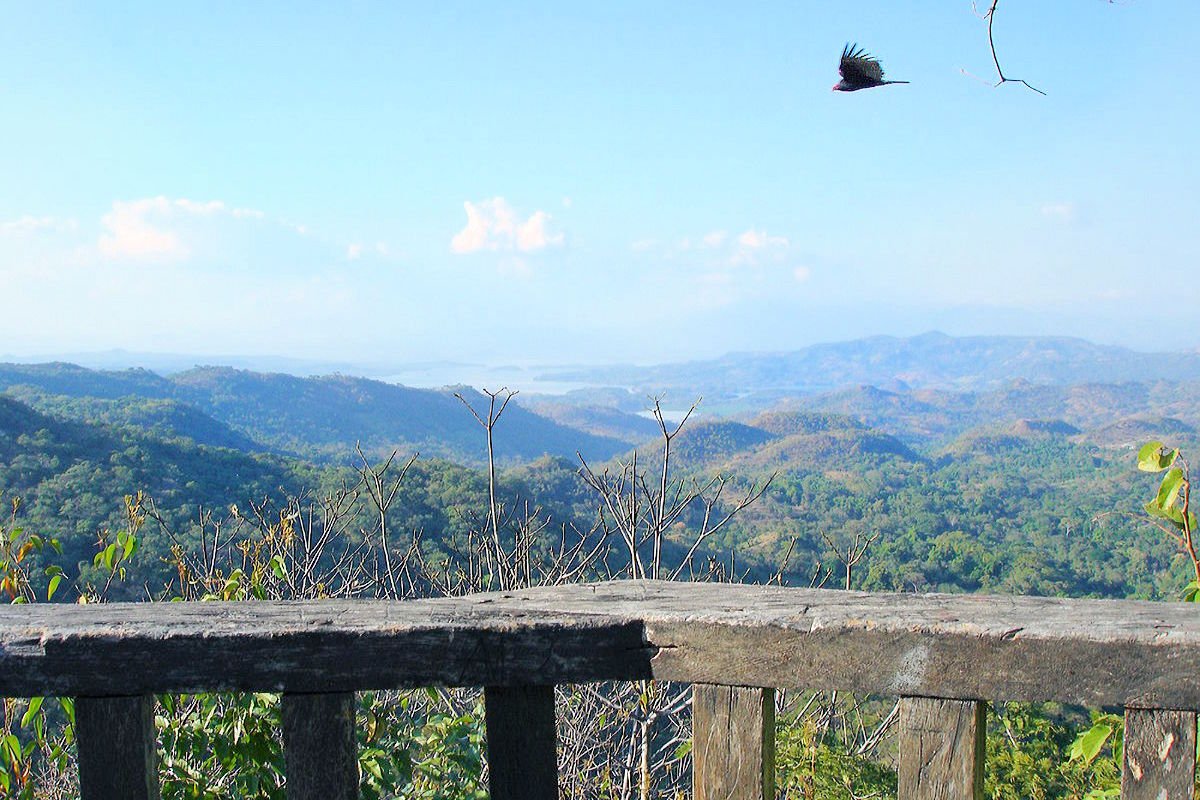
During the month of February they organize the village pilgrimages.
The traditional food is filled with the flavors of dishes such as soups, either chicken or beef; likewise, chicken or grilled meat are delicious, and as an exotic dish you can order iguana meat, which is said to be very tasty. Accompany with a cold beer.
You will also find some “pupuserías” so you can try the delicious pupusas and their varied fillings.
Nearby places to visit
The families that repopulated Cinquera, managed to turn around the destruction left by the civil war, and proposed to use everything that had been so negative and disastrous, to attract tourists interested in adventure and nature.
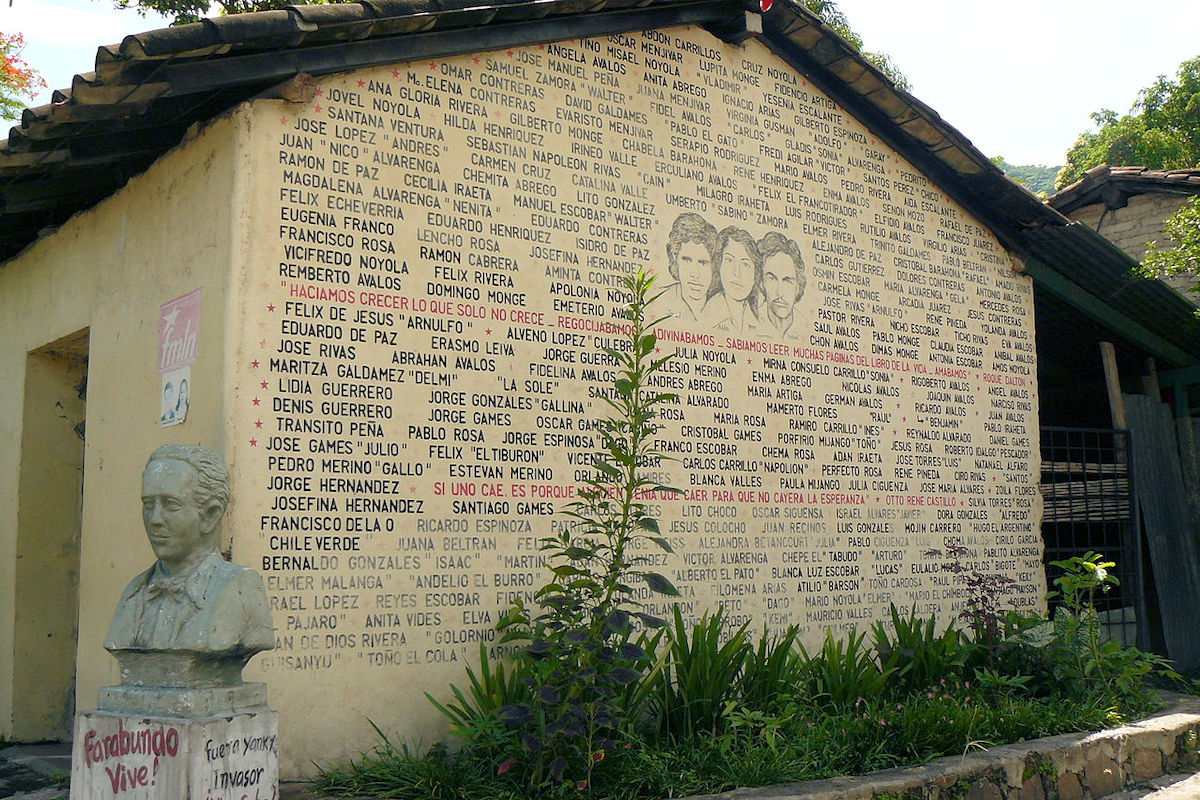
So we went to the ecological park, a natural space recovered by the community, less than 1 kilometer from the urban area, which was the place where the guerrillas used to hide.
It is a natural oasis for visitors, with well-marked trails where hikers will learn firsthand the places they hid.
You will see the bomb shelters and a Vietnamese-style kitchen, where food was prepared at subsoil level so that the smoke could not be seen.
This protected area is part of the Pacific dry forests of Central America and is home to many plant and animal species.
In the forest’s interior are the waterfall La Bruja and El Salton pool, where you can take a refreshing bath. Contact with nature is more than guaranteed.
Considering the recent past, which corresponded to live the inhabitants of this Salvadoran area, we must applaud the bet that has been made to become an excellent destination for rural tourism, which will not leave indifferent those who visit Cinquera, looking for peace and tranquility.
